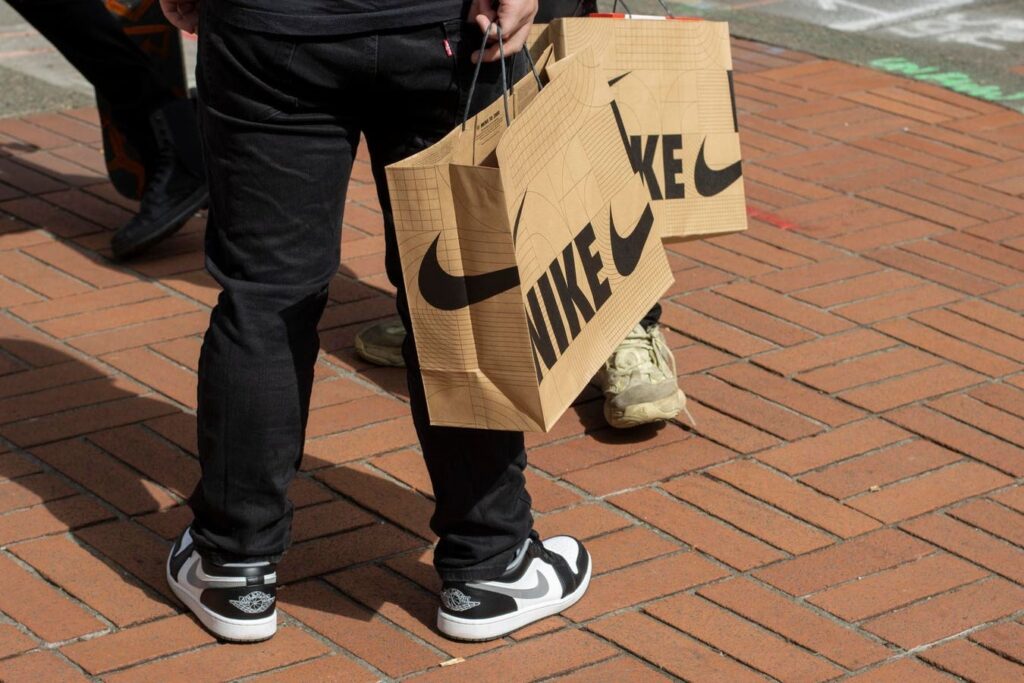Brand execs are always blind-sided when ad campaigns blow up in their faces, but the pain is usually self-inflicted. What’s a Chief Marketing Officer to do?
As if Nike didn’t have enough problems (sales slump, stale designs, unfocused branding, executive shakeup), the company recently found itself on center stage in one of those increasingly frequent cultural sideshows that masquerade as news.
In Nike’s case, the culprit was a branded slogan that appeared prominently on giant billboards during a recent marathon in London. In bold black letters on a solid field of deep red—“Never Again,” on the top line and “Until Next Year” on the bottom.
It was part of a campaign by Nike to populate the race route with inspiring messages. Hardcore marathon runners often gasp as they collapse across the finish line: “I’m never doing that again.” But a year later they’re back to try again. Some runners got the joke but most and many others did not.
To many people, “never again” is better known as a reference to the Holocaust.
To them, Nike’s message was unclear or tone deaf.
A broadcast journalist writing for the British magazine The Spectator called the use of it in a commercial ad “a disgrace.” The billboards disappeared, Nike apologized, and a major marketing investment went down the drain. It would appear the company was so focused on its athletic customers that it couldn’t see what non-runners saw.
Nike is the latest in a growing list of major brands that have been stung by marketing flops that “seemed like a good idea at the time.” One of the lesser-known legends of botched branding was an expensive, edgy ad campaign for Diet Coke in 2014. The target audience was young professionals in Silicon Valley and New York City. In a TED Talk, graphic designer Chip Kidd showed pictures of the company’s big launch. Coke bought all the ad space in one of New York’s busiest subway stations. All in one night, the walls were plastered with huge signs that read: “You moved to New York with the clothes on your back, the cash in your pocket and your eyes on the prize. You’re on. Coke.”
But the way the graphics were arranged, the tagline appeared to read, “You’re on Coke.”
The reaction was swift.
In a day, the entire installation had been ripped off the walls and pillars, the campaign scrapped, and millions wasted on developing and rolling it out. How did a phalanx of corporate executives and advertising specialists not see what was obvious to any casual subway rider?
Tunnel vision. As a retail industry consultant I see this up close and all too frequently.
The public relations dustups at Nike, Coke and many others are symptoms of a much bigger problem—when brands lose their way and need to recapture the spotlight, stress sets in and mistakes are made. It seems pretty simple to think of engaging consumers as a model to see more broadly, skip tunnel vision and look around a corner or two.
In a season of uncertainty, the retail industry will be watching closely to see if one or both—or neither—can steer through some difficult and necessary turns.
Read the full article here


